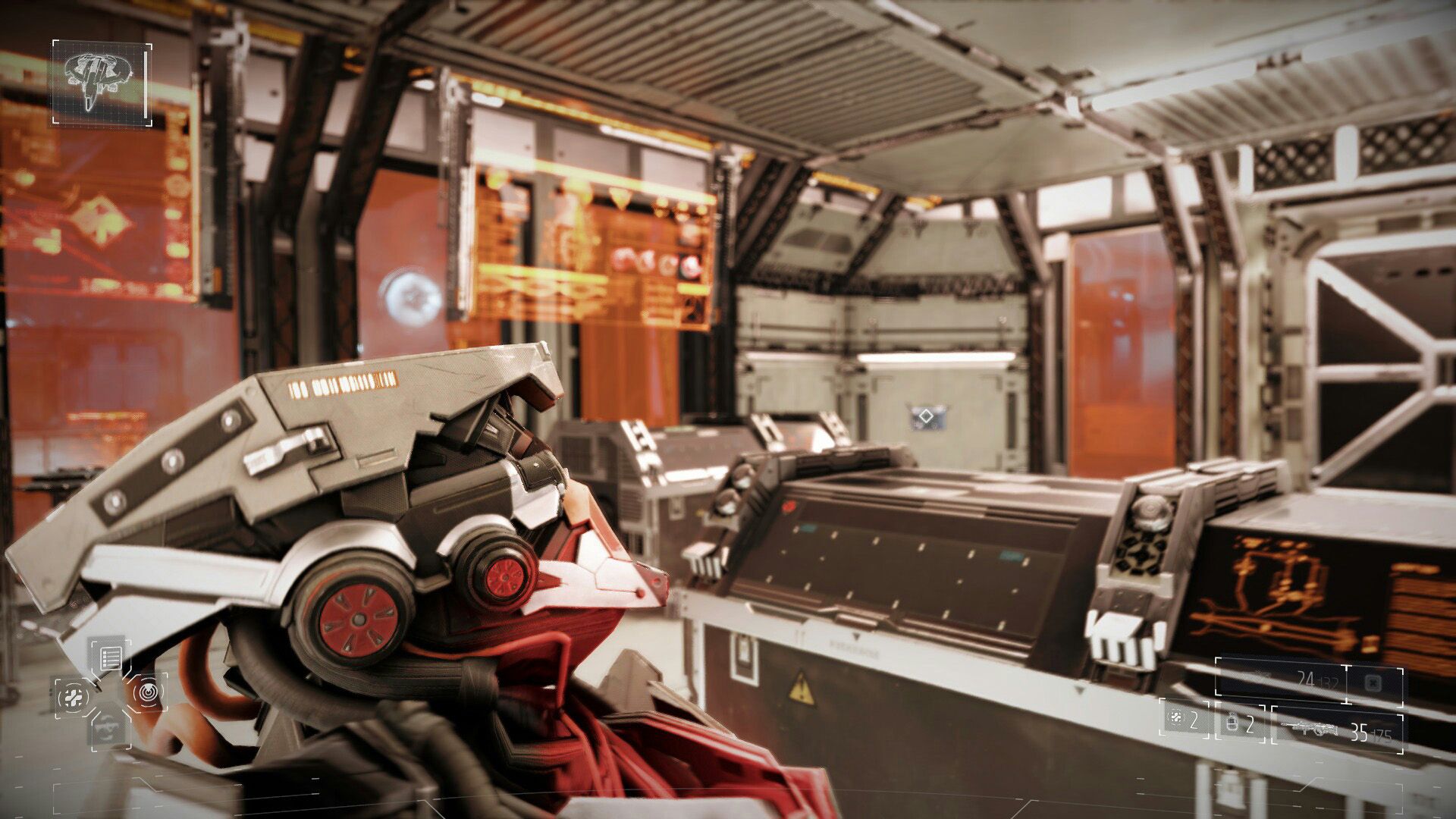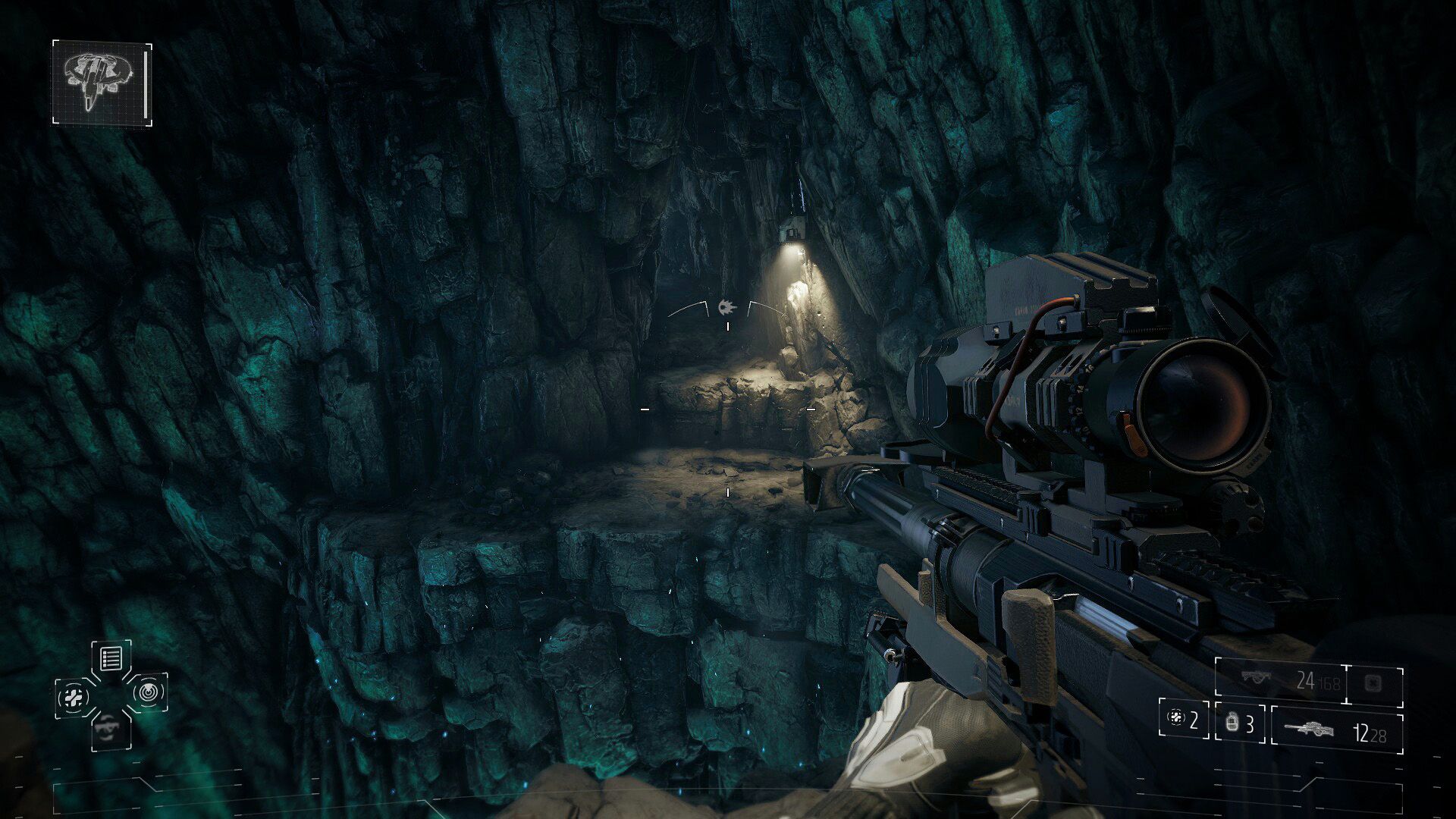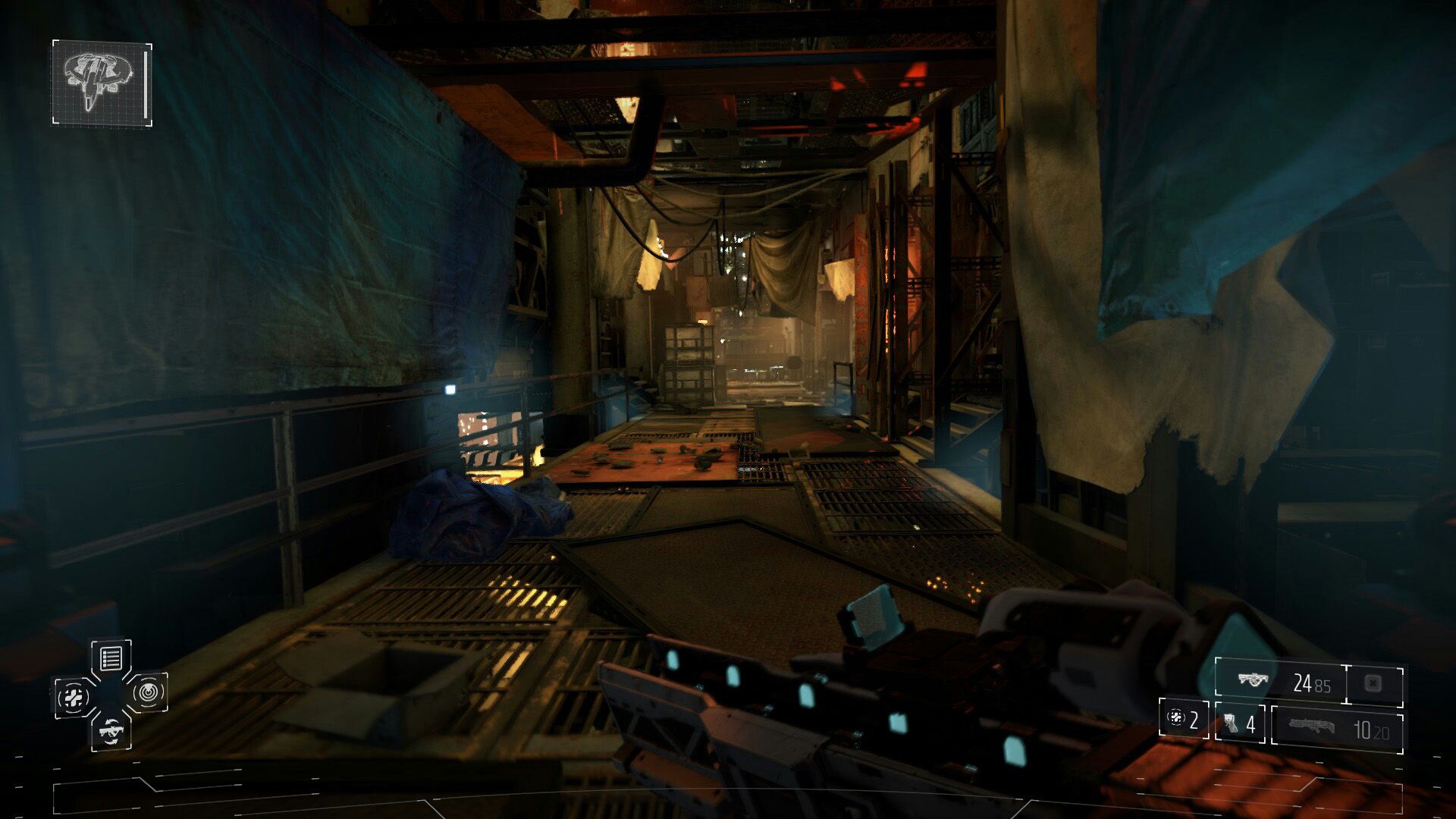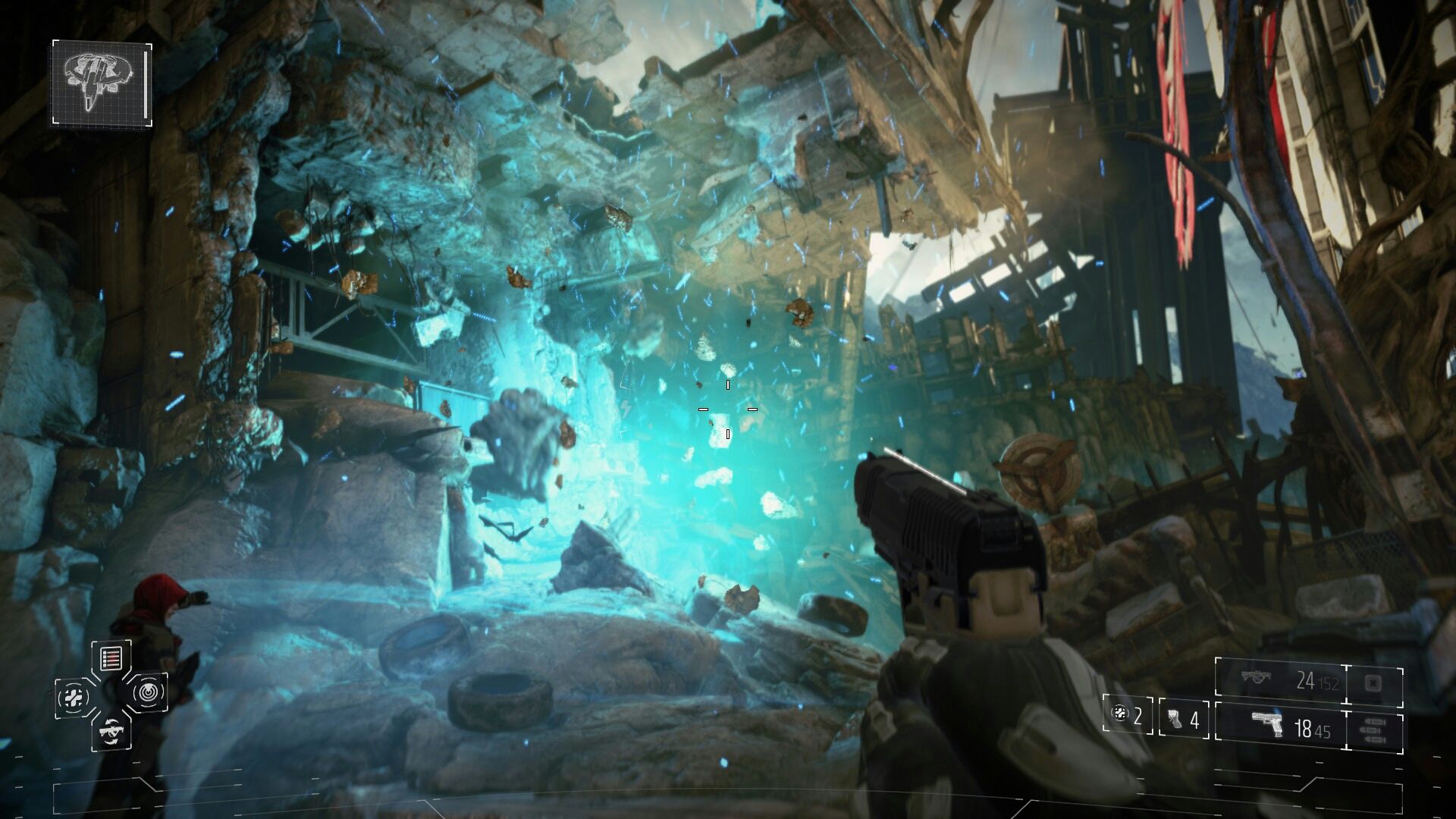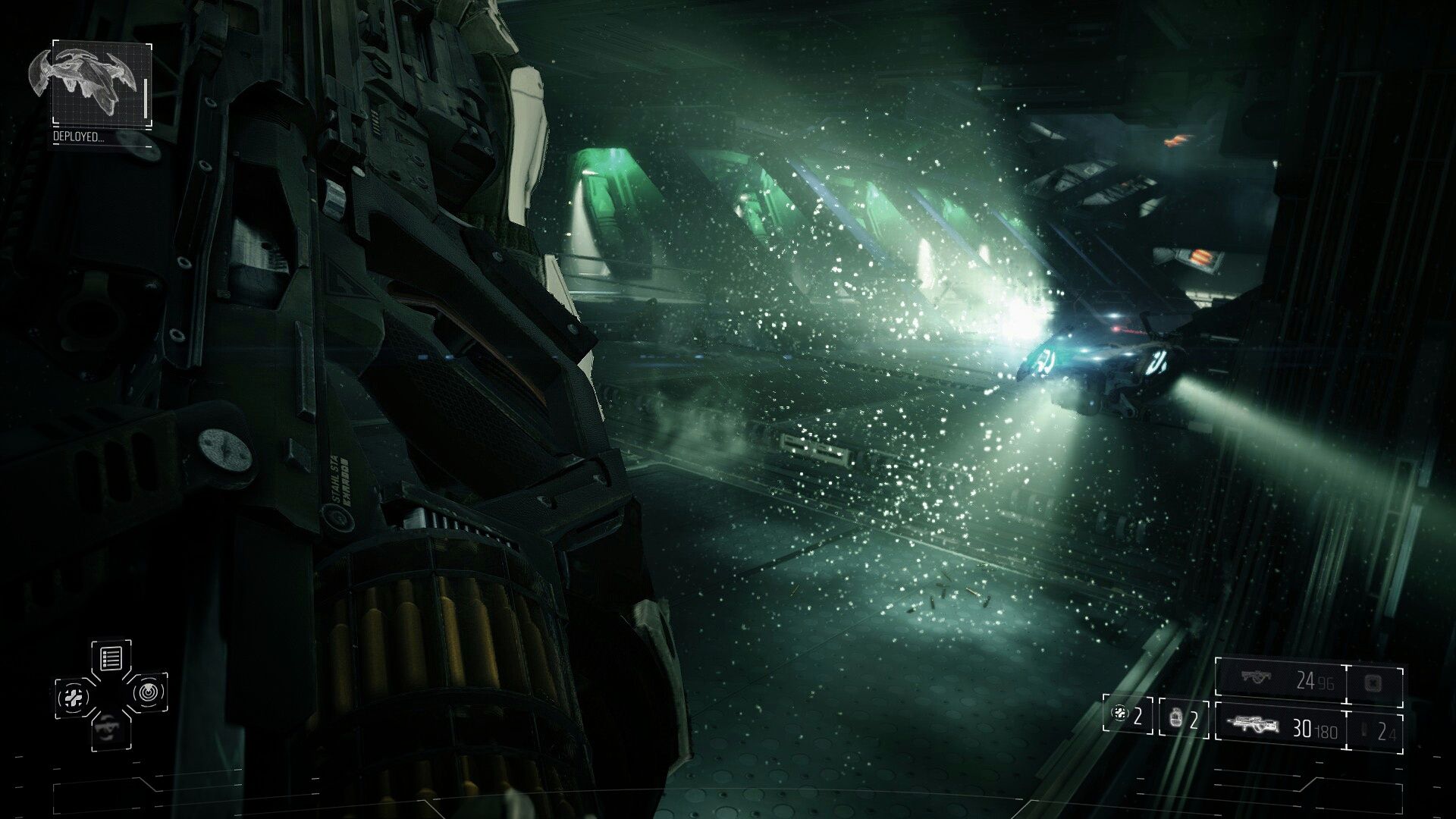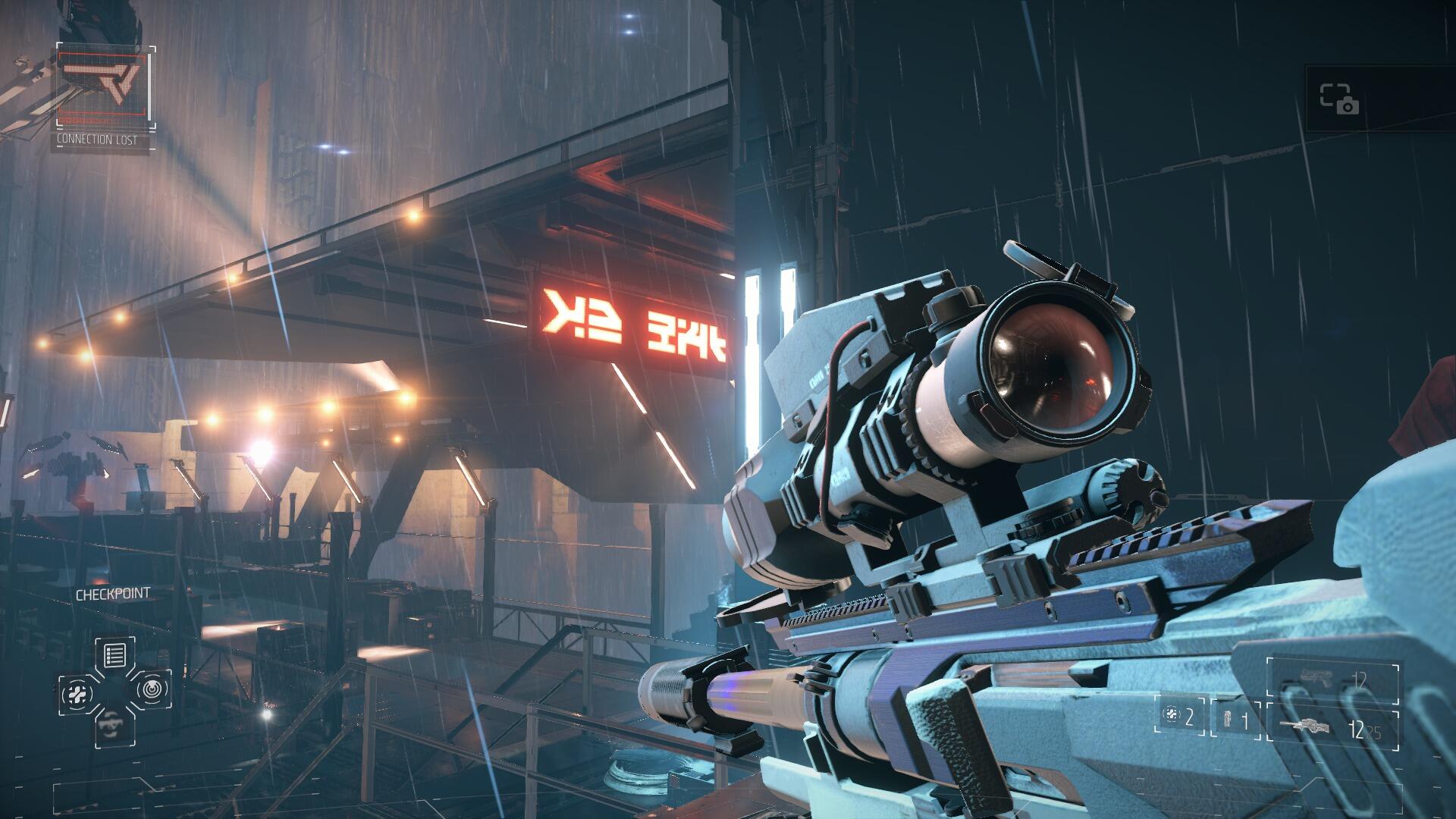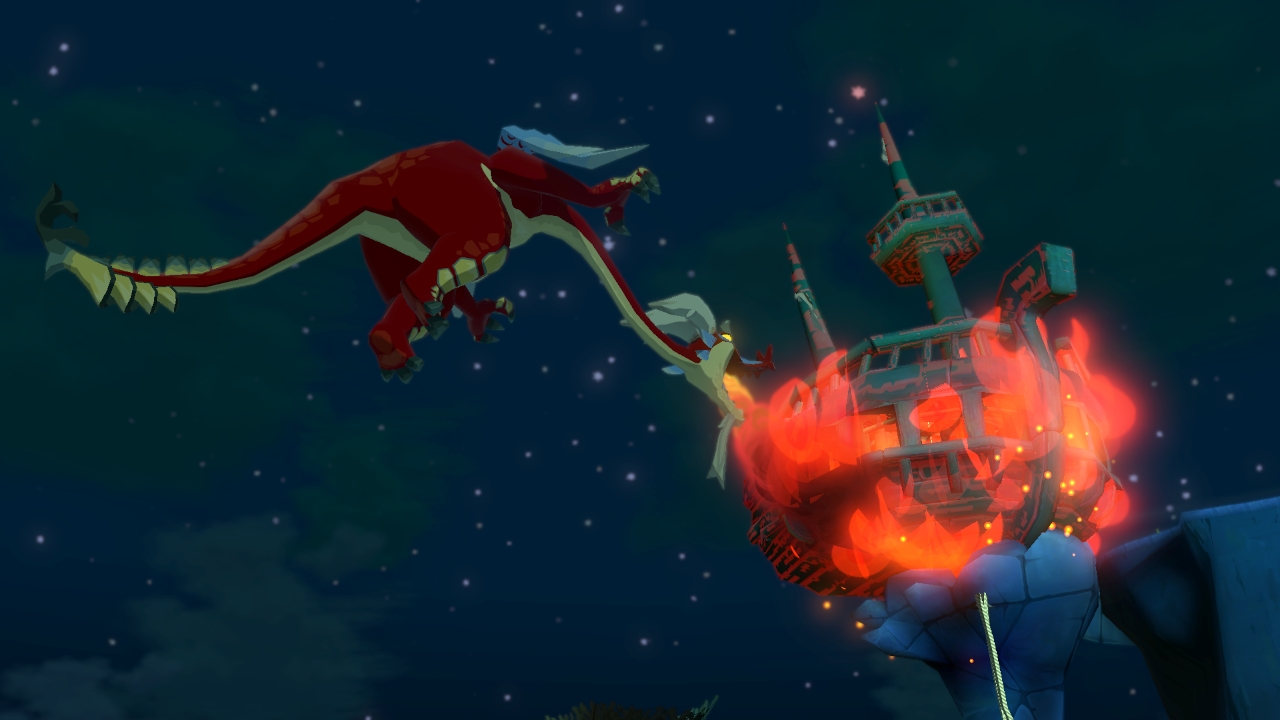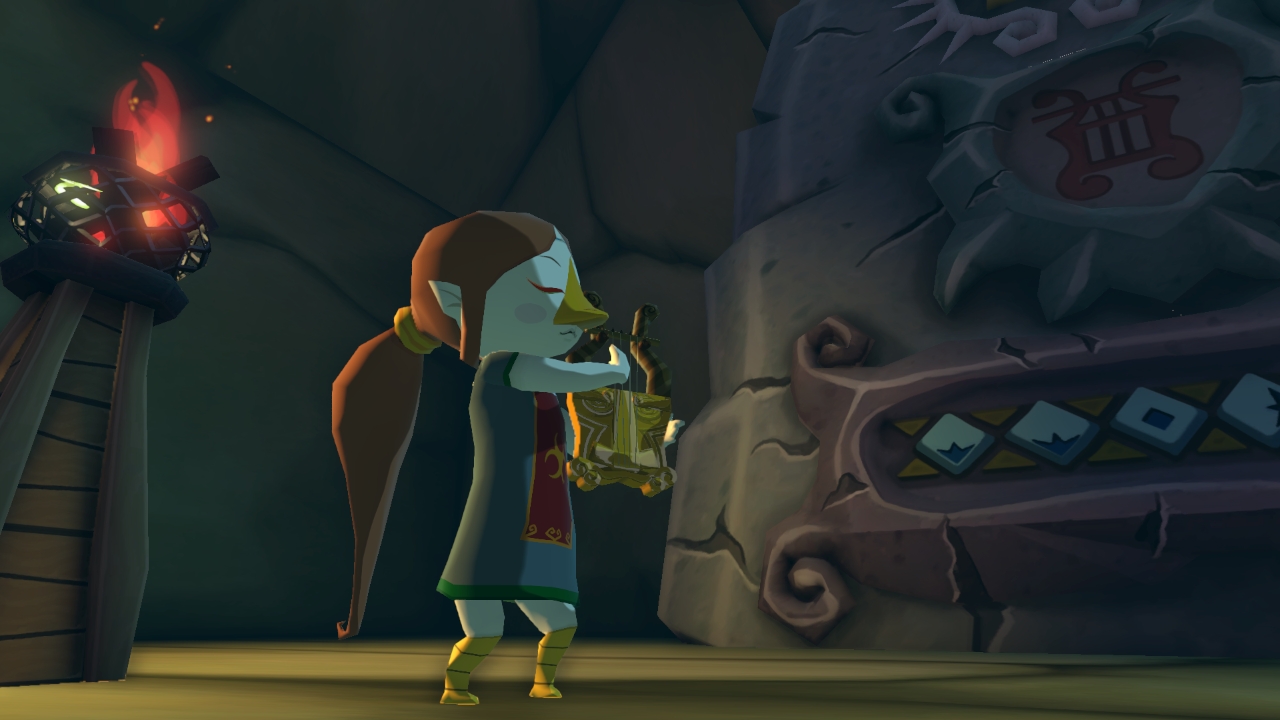PS3 game...this is a thread for PS4/X1/Wii U going by the 1st rule.No GT6 screen shots? (not photo mode)
You are using an out of date browser. It may not display this or other websites correctly.
You should upgrade or use an alternative browser.
You should upgrade or use an alternative browser.
Consoles screenshots thread (PS4/Xbone/WiiU) [Up: Thread rules in OP]
- Thread starter Peterthumpa
- Start date
Some pics using twitter:
I didn't know about the PS App method, i will give it a try : )
I didn't know about the PS App method, i will give it a try : )
qa_engineer
Member
That looks like real blood
Melchiah
Member
The blood looks awesome. I tried to get a shot from the same scene as well, but the results were too blurred.
Echo looks a bit like young Lili Taylor.

Did a comparison of the App trick, Facebook and Twitter. Downloaded all of them and then re-upped to minus.
App:
Facebook:
Twitter:
App:
Facebook:
Twitter:
App one is the best, but man do those pics suffer in motion with compression.Did a comparison of the App trick, Facebook and Twitter. Downloaded all of them and then re-upped to minus.
App:
Facebook:
Twitter:
Reign_Of_Rain
Member
The blood looks awesome. I tried to get a shot from the same scene as well, but the results were too blurred.
Echo looks a bit like young Lili Taylor.

That looks like real blood
Yeah it does, amazing looking blood (in a totally non weird way I mean).
Dat Echo mmmmmmmhmmmmmmmmm lol



Pjsprojects
Member
okay so i dont know whats going on with the game... but if you move ever so slightly while taking the screen shot... it will remove almost all jaggies... i dont know if its motion blur smoothing things out or some kind of motion AA going on... but here look:
heres a static screenshot
heres one moving ever so slightly
i assume its motion blur... but nothing is blurry so it looks pretty good.. iono.
Both TMAA and FXAA are at work it seems.=pokay so i dont know whats going on with the game... but if you move ever so slightly while taking the screen shot... it will remove almost all jaggies... i dont know if its motion blur smoothing things out or some kind of motion AA going on... but here look:
heres a static screenshot

heres one moving ever so slightly

i assume its motion blur... but nothing is blurry so it looks pretty good.. iono.
i assume its motion blur... but nothing is blurry so it looks pretty good.. iono.
That is a very interesting discovery.



Not sure what's up with the last pic, using elgato so probably something related to video playback.
I'm using my own site to host these, I know they are resized but I don't notice any compression. I'm sure someone with high IQ standards will see something, let me know plz
Hard to tell without the original size of the images.=pI'm using my own site to host these, I know they are resized but I don't notice any compression. I'm sure someone with high IQ standards will see something, let me know plz
Hard to tell without the original size of the images.=p
Oh, haha, was under the impression there were telltale signs of compression. nm then. BTW, I've seen a lot of your screenshots over the past few weeks, great work.
okay so i dont know whats going on with the game... but if you move ever so slightly while taking the screen shot... it will remove almost all jaggies... i dont know if its motion blur smoothing things out or some kind of motion AA going on... but here look:
heres a static screenshot

heres one moving ever so slightly

i assume its motion blur... but nothing is blurry so it looks pretty good.. iono.
wow, nice find, perhaps someone more knowledgeable can shed a light on this.
Yeah your shots are fine and thanks as well.Oh, haha, was under the impression there were telltale signs of compression. nm then. BTW, I've seen a lot of your screenshots over the past few weeks, great work.
shinobi602
Member
Assassin's Creed IV (PS4)






D
Deleted member 8095
Unconfirmed Member
Oh man, I would feel guilty about killing an in-game whale. I wanted to be a marine biologist as a youngster.
ItAintEasyBeinCheesy
it's 4th of July in my asshole
You can kill sharks n shit?
Fuuuuuuuuuu games moved up to number 2 on wanted list.
Fuuuuuuuuuu games moved up to number 2 on wanted list.
wow, nice find, perhaps someone more knowledgeable can shed a light on this.
The game's AA has a temporal component that uses previous frame data to smooth out edges. When you're moving there's more temporal data to use.
You can kill sharks n shit?
Fuuuuuuuuuu games moved up to number 2 on wanted list.
You can air assassinate ocelots.
Yeah it's using TMAA. Basically it's apply AA as you move to avoid seeing jaggies in motion, and goes away when it's not needed.The game's AA has a temporal component that uses previous frame data to smooth out edges. When you're moving there's more temporal data to use.
Liabe Brave
Member
I would say anti-aliasing techniques fall into three main types nowadays (in descending order of quality): supersampling AA, geometric AA, and post-processing AA. Supersampling means rendering the whole image at higher than the target resolution, then scaling it down. This provides really good averaging out of pixel colors at hard edges--which is the point of AA--but is computationally expensive. (The only console game I know of which uses it is Okami HD on PS3.) Geometric AA has the engine define the edges of polygons early in the rendering process, and then figure out how to effectively blur them. It looks quite good for those edges, but less good for other types of jaggies introduced by textures, effects, etc. It's also somewhat expensive. Post-processing/shader AA renders almost everything, then uses algorithms to find the contrasty edges in the image. These are then blurred. It's generally the cheapest method computationally, but it's not as effective with polygon edges as the other AAs, and some methods can add unwanted blur across the entire image.wow, nice find, perhaps someone more knowledgeable can shed a light on this.
Temporal AA is a subtype of post-processing AA. Instead of trying to find the edges in just a single frame, it looks at successive frames too. That allows it to find jaggies more accurately (they're contrasty in more than one frame), and to create a better compromise for each pixel to smooth them out. And it doesn't smear the entire image like other types of post-processing AA, or like motion blur.
I would say anti-aliasing techniques fall into three main types nowadays (in descending order of quality): supersampling AA, geometric AA, and post-processing AA. Supersampling means rendering the whole image at higher than the target resolution, then scaling it down. This provides really good averaging out of pixel colors at hard edges--which is the point of AA--but is computationally expensive. (The only console game I know of which uses it is Okami HD on PS3.) Geometric AA has the engine define the edges of polygons early in the rendering process, and then figure out how to effectively blur them. It looks quite good for those edges, but less good for other types of jaggies introduced by textures, effects, etc. It's also somewhat expensive. Post-processing/shader AA renders almost everything, then uses algorithms to find the contrasty edges in the image. These are then blurred. It's generally the cheapest method computationally, but it's not as effective with polygon edges as the other AAs, and some methods can add unwanted blur across the entire image.
Temporal AA is a subtype of post-processing AA. Instead of trying to find the edges in just a single frame, it looks at successive frames too. That allows it to find jaggies more accurately (they're contrasty in more than one frame), and to create a better compromise for each pixel to smooth them out. And it doesn't smear the entire image like other types of post-processing AA, or like motion blur.
interesting... thanks!
Stillmatic
Member
Where did you get that sweet outfit?
Yeah that's a great explanation about AA as well, hope to see more TMAA in games.I would say anti-aliasing techniques fall into three main types nowadays (in descending order of quality): supersampling AA, geometric AA, and post-processing AA. Supersampling means rendering the whole image at higher than the target resolution, then scaling it down. This provides really good averaging out of pixel colors at hard edges--which is the point of AA--but is computationally expensive. (The only console game I know of which uses it is Okami HD on PS3.) Geometric AA has the engine define the edges of polygons early in the rendering process, and then figure out how to effectively blur them. It looks quite good for those edges, but less good for other types of jaggies introduced by textures, effects, etc. It's also somewhat expensive. Post-processing/shader AA renders almost everything, then uses algorithms to find the contrasty edges in the image. These are then blurred. It's generally the cheapest method computationally, but it's not as effective with polygon edges as the other AAs, and some methods can add unwanted blur across the entire image.
Temporal AA is a subtype of post-processing AA. Instead of trying to find the edges in just a single frame, it looks at successive frames too. That allows it to find jaggies more accurately (they're contrasty in more than one frame), and to create a better compromise for each pixel to smooth them out. And it doesn't smear the entire image like other types of post-processing AA, or like motion blur.
xenogenesis
Member
Assassin's Creed IV (PS4)



I like what you did there (having them go from smallest to largest), great shots.
ZombiU: The outdoor environments are surprisingly detailed, in many cases.

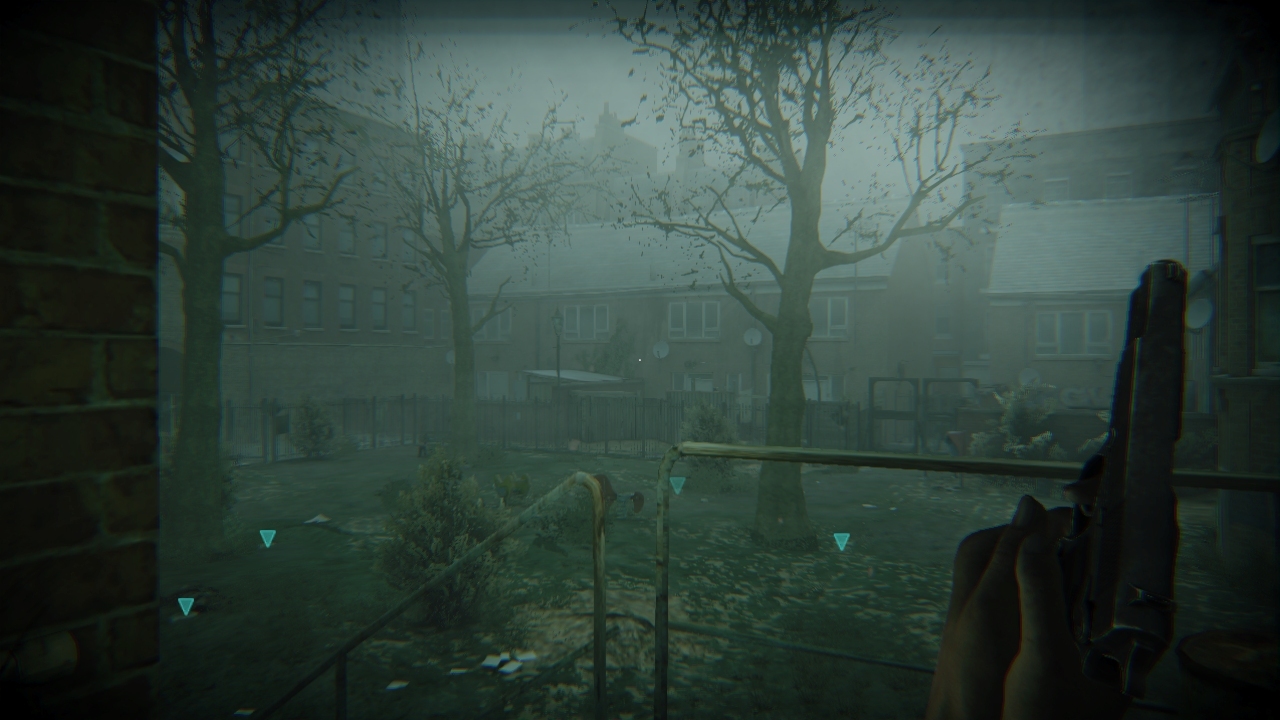

funny how people hate on CA... i on the other hand LOVE the effect. probably one of the reasons i like the look of zombi u
Travis Touchdown
Member
Interesting.okay so i dont know whats going on with the game... but if you move ever so slightly while taking the screen shot... it will remove almost all jaggies... i dont know if its motion blur smoothing things out or some kind of motion AA going on... but here look:
heres a static screenshot

heres one moving ever so slightly

i assume its motion blur... but nothing is blurry so it looks pretty good.. iono.
Nice find.
Reign_Of_Rain
Member
Stillmatic
Member
Wolves Evolve
Member

Contrast. Glitch Number 298,828,181
xenogenesis
Member
Dat Echo
Auto-Reply
Member
@ Reign_Of_Rain
Are you using the Game Capture HD of Elgato?
You mind telling me if you use "best" quality setting with 1080p capturing and , if that is the case, is that running without hick ups on your computer (specs? cpu?)
I'm doing a little personal research on that.
Are you using the Game Capture HD of Elgato?
You mind telling me if you use "best" quality setting with 1080p capturing and , if that is the case, is that running without hick ups on your computer (specs? cpu?)
I'm doing a little personal research on that.
What is wrong with capture card?
On some screenshots rain aren't like this.
I don't understand a single word you say.
StreetsAhead
Member
Wii Fit U (Wii U...lol)

Super Mario 3D World (Wii U)



Super Mario 3D World (Wii U)


Dombrowski
is responsible for the well-being of this island.
BruceLeeRoy
Banned
Awesome KZ shots.
How do I use the Playstation App to get the photos?
How do I use the Playstation App to get the photos?





















